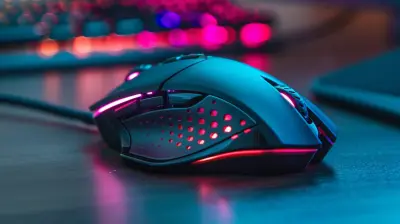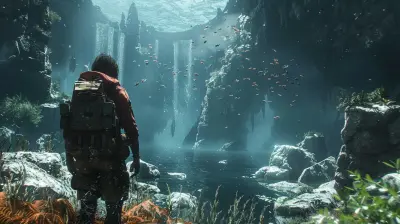Why Quick-Time Events Are Making a Comeback in Action Games
10 September 2025
Quick-Time Events (QTEs) have always been a bit of a hot topic in gaming. Love them or hate them, you can’t deny their ability to add an extra layer of immersion and tension to gameplay. But for a while, it seemed like QTEs were falling out of favor, dismissed as tired, gimmicky mechanics that frustrated more players than they thrilled. Now, though, they're popping up again in action games, reclaiming their spotlight in the gaming world.
This raises the question: why? What’s changed that’s making developers and players fall back in love with this mechanic? Let’s break it down.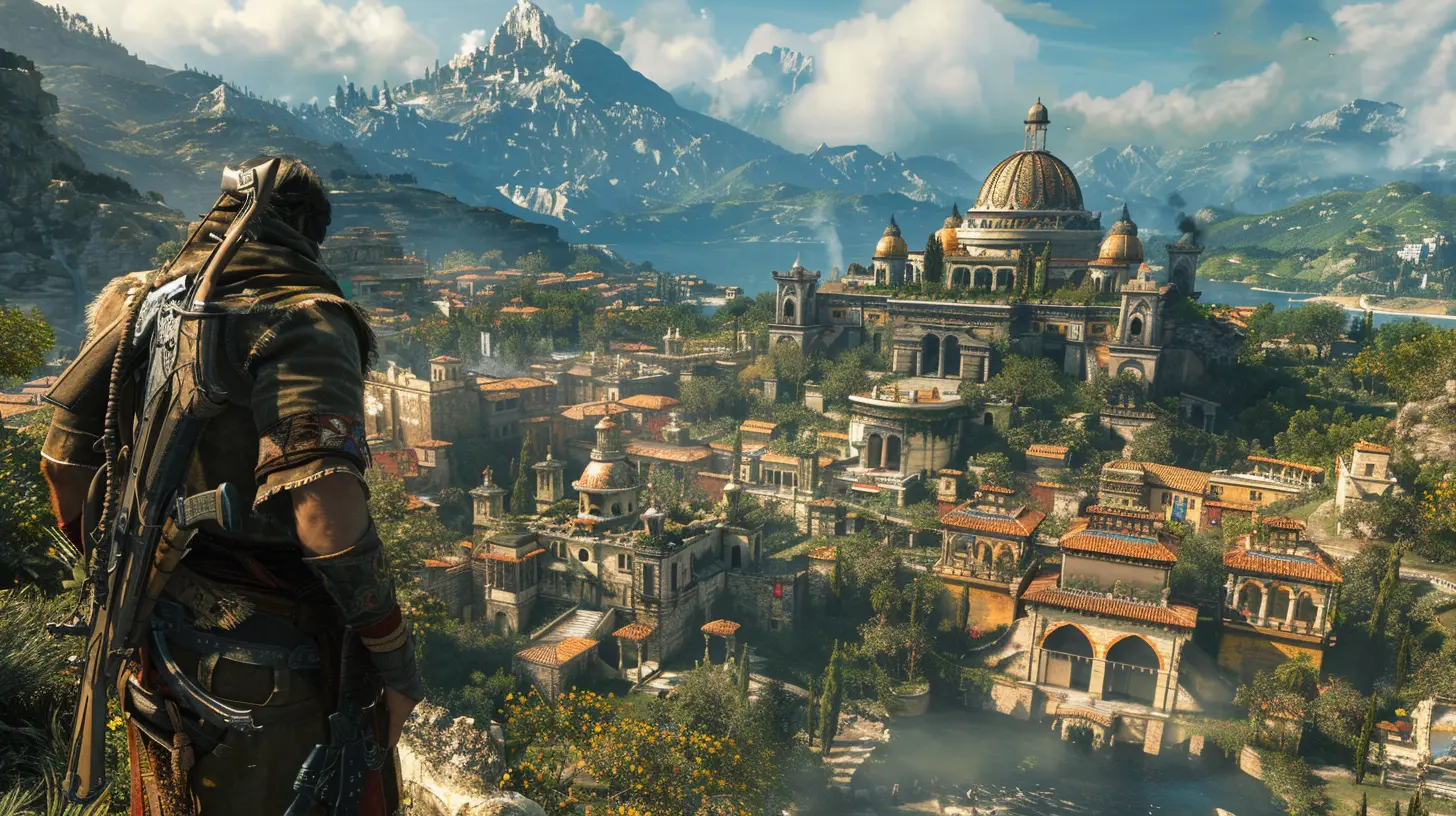
What Are Quick-Time Events Anyway?
Before we dive into the why, let’s quickly clear up the what. Quick-Time Events are those moments in games where you're thrown into a cinematic sequence but still required to actively participate by mashing a button, moving a joystick, or executing an on-screen prompt within a tight timeframe.Think about dodging a massive falling rock in real-time or pressing a single button to land a finishing blow in a boss fight. The stakes? Fail to press the right button at the right time, and you’re likely facing a reload screen.
QTEs gained popularity during the early 2000s in games like Resident Evil 4, Shenmue, and God of War. They blended cinematic flair with player engagement. However, over time, critics began to complain that QTEs disrupted the flow of gameplay or felt like lazy design. But here we are in 2023, and they’re having a resurgence. So, what gives? 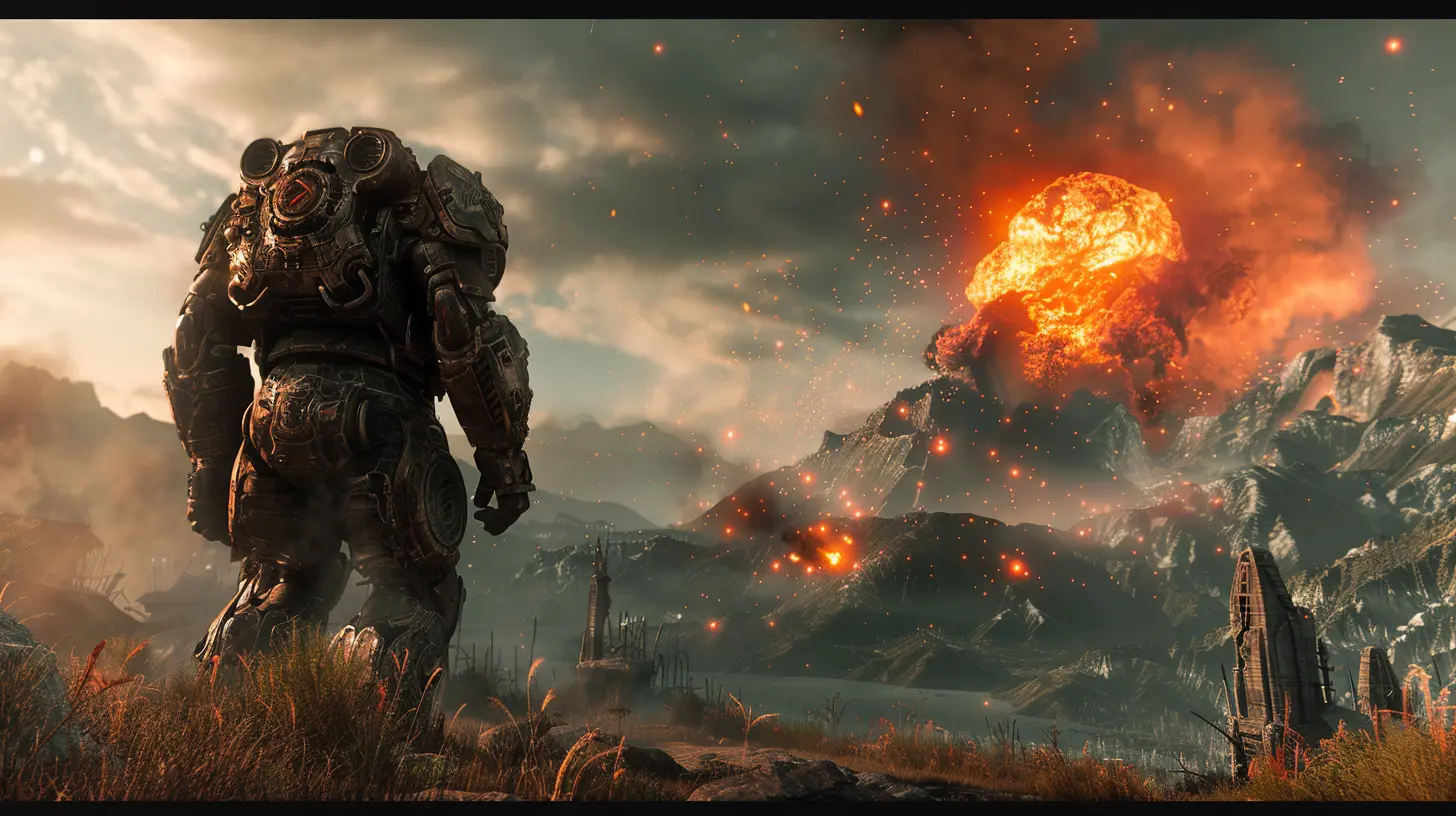
Nostalgia Is a Heck of a Thing
One reason QTEs are making a comeback is simple: nostalgia. Gamers who grew up in the PlayStation 2 and Xbox 360 era—when QTEs were all the rage—are now the core audience for many games.Just like how fashion trends recycle every few decades, gaming mechanics do too. For this generation of players, those frantic, heart-pounding QTE moments evoke a sense of comfort and familiarity. Developers are banking on that emotional connection to get players hooked.
And let’s be honest, there’s an undeniable charm in reliving the gaming quirks of the past. Remember the first time you had to bust out a QTE to slay a monster in God of War? That rush never leaves you. It’s like hearing a song from your teenage years—it just hits differently. 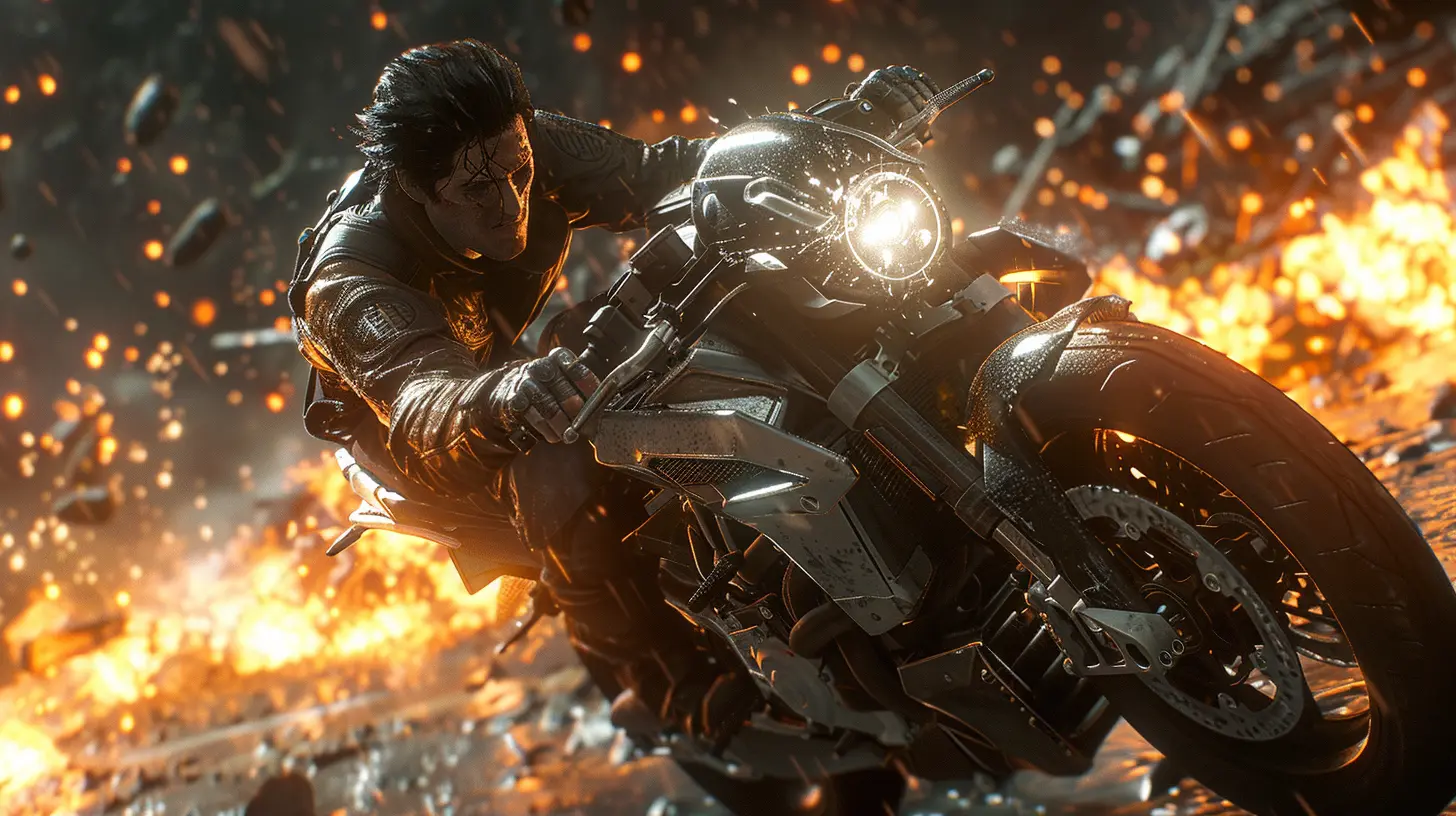
Cinematic Storytelling Is Bigger Than Ever
If there’s one thing modern gamers demand, it’s an engaging story. And nothing screams "immersive storytelling" quite like a well-timed QTE. Think of QTEs as the connective tissue between cinematic moments and gameplay.Games like The Last of Us Part II or Spider-Man: Miles Morales rely heavily on blending storytelling with player interaction. A timed button press can heighten the intensity of a dramatic cutscene, making you feel like you're truly in it.
Without QTEs, many of today’s blockbuster action games would feel like passive experiences—like watching a movie instead of playing a game. And let’s face it: most of us game to play. QTEs keep us on our toes and remind us that we’re still in control. 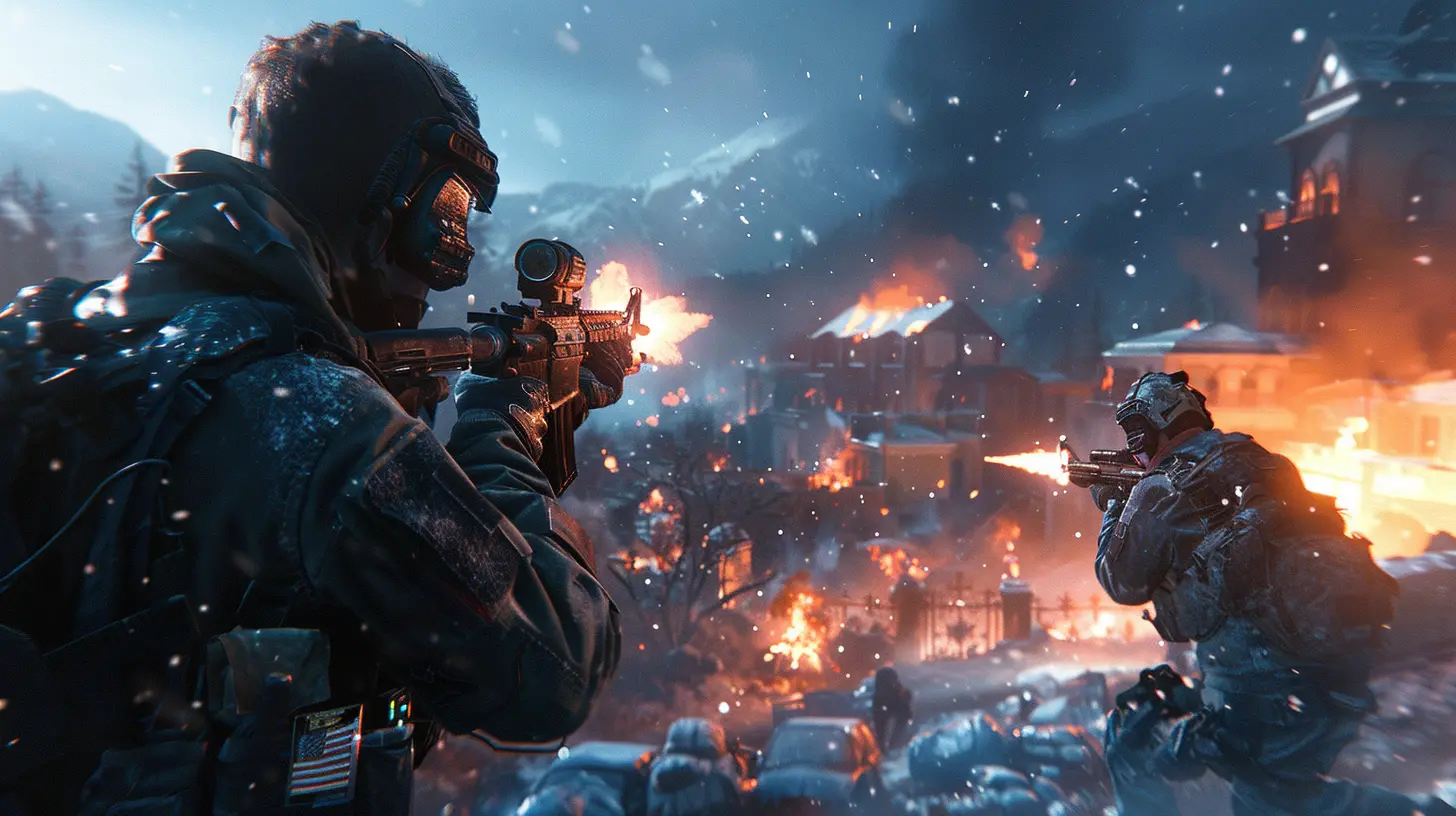
Graphics and Tech Have Upped the Ante
Gaming technology has come a long, long way since the early 2000s. Modern consoles and PCs can handle cinematic visuals and seamless transitions between gameplay and cutscenes. This evolution makes QTEs feel more natural than ever.Back in the day, QTEs often felt jarring because they interrupted the action with overly simplistic prompts. But now? They’re integrated into gameplay in a way that feels fluid. Take Star Wars Jedi: Survivor, where lightsaber duels feature QTE-style sequences that feel organic, not forced.
High-quality animations, dynamic camera angles, and realistic physics make these moments feel like a part of the action rather than an afterthought. The line between gameplay and cinematics is blurrier than ever, and QTEs sit comfortably in that sweet spot.
Player Expectations Have Shifted
Here’s the thing: open-world games and endless sandbox experiences have dominated the gaming scene for years now. While those games offer freedom, they don’t always pack the adrenaline-pumping punch of tightly scripted action sequences.This is where QTEs shine. They bring a sense of immediacy and urgency that’s hard to replicate in open-world environments. Players are no longer viewing QTEs as annoying interruptions; instead, they see them as moments that elevate big action set pieces.
Developers have also learned from past mistakes. They’re now using QTEs sparingly and thoughtfully, rather than cramming them into every other scene (looking at you, Resident Evil 6*). This strategic approach ensures QTEs feel fresh and impactful rather than overused.
Accessibility Features Are Changing the Game
One of the biggest criticisms of QTEs in the past was their unforgiving nature. Missing a single button prompt could mean starting over from a checkpoint, and for many players, that was more frustrating than fun.Now, accessibility features are making QTEs more inclusive. Many modern games allow players to adjust the difficulty or even slow down QTE timers, ensuring that these sequences are manageable for a wider audience.
For example, God of War Ragnarök includes options to simplify QTEs for players who aren’t as dexterous with a controller. This shift has opened the doors for more players to enjoy the intensity of QTEs without feeling excluded.
The Rise of Hybrid Gameplay
Another reason QTEs are thriving again is their ability to blur the lines between gameplay styles. Action games are no longer just about hacking, slashing, and shooting. They’re hybrids of multiple genres, incorporating elements of puzzle-solving, platforming, and interactive storytelling.QTEs fit perfectly into this hybrid model. They allow developers to mix things up without completely changing the core gameplay loop. One minute you’re in an all-out firefight; the next, you’re smashing a button to escape from a collapsing building. It’s variety that keeps players engaged.
Take Uncharted 4, for instance. The game uses QTEs sparingly but effectively, like during tense fistfights or moments where Drake is hanging on for dear life. These sequences enhance the drama without overstaying their welcome.
Social Media and Streaming Culture
Let’s not underestimate the power of social media and streaming. QTEs make for gripping, shareable content. Whether it’s a player nailing a high-stakes moment or hilariously failing a QTE at the worst time, these moments are tailor-made for clips and memes.Developers know this—and they’re leaning into it. QTEs aren’t just a gameplay mechanic; they’re a way to create buzz and keep their games relevant in the age of TikTok and Twitch.
Plus, viewers love the drama of watching streamers tackle QTEs in real-time. Will they nail the sequence or mess it up in front of thousands of viewers? It’s like watching a reality show—but with swords and explosions.
Are Quick-Time Events Here to Stay?
So, are QTEs a passing fad or a permanent fixture? Honestly, it looks like they’re here for the long haul. As developers continue to refine how these moments are implemented, they’ve proven that QTEs can be more than just button-mashing filler.When used correctly, they’re a tool for crafting unforgettable gaming moments. They’re the exclamation points in a game’s narrative, delivering bursts of adrenaline and drama that stick with us long after the credits roll.
Sure, some players will always grumble about QTEs, but for many of us, they’re a welcome addition to the action game formula. It’s all about balance and execution (pun intended).
Final Thoughts
Quick-Time Events have a unique way of bridging the gap between cinematic brilliance and interactive gameplay. They’ve evolved from clunky gimmicks to essential storytelling elements, proving that old mechanics can still find a place in modern gaming.Whether you’re dodging boulders in ancient ruins, landing a well-timed counterattack, or sprinting for your life during a chaotic chase scene, QTEs remind us of one thing: gaming is all about moments. And sometimes, those moments are just one button press away.
all images in this post were generated using AI tools
Category:
Action GamesAuthor:

Tayla Warner
Discussion
rate this article
1 comments
Silas McClellan
Ah yes, because who doesn’t love a good heart-pounding moment where you get to press a button at precisely the right time? Truly the pinnacle of gaming excitement! What a thrill!
September 11, 2025 at 4:37 AM

Tayla Warner
I appreciate your sarcasm! Quick Time Events can indeed create intense moments and add a unique layer of engagement in action games.
